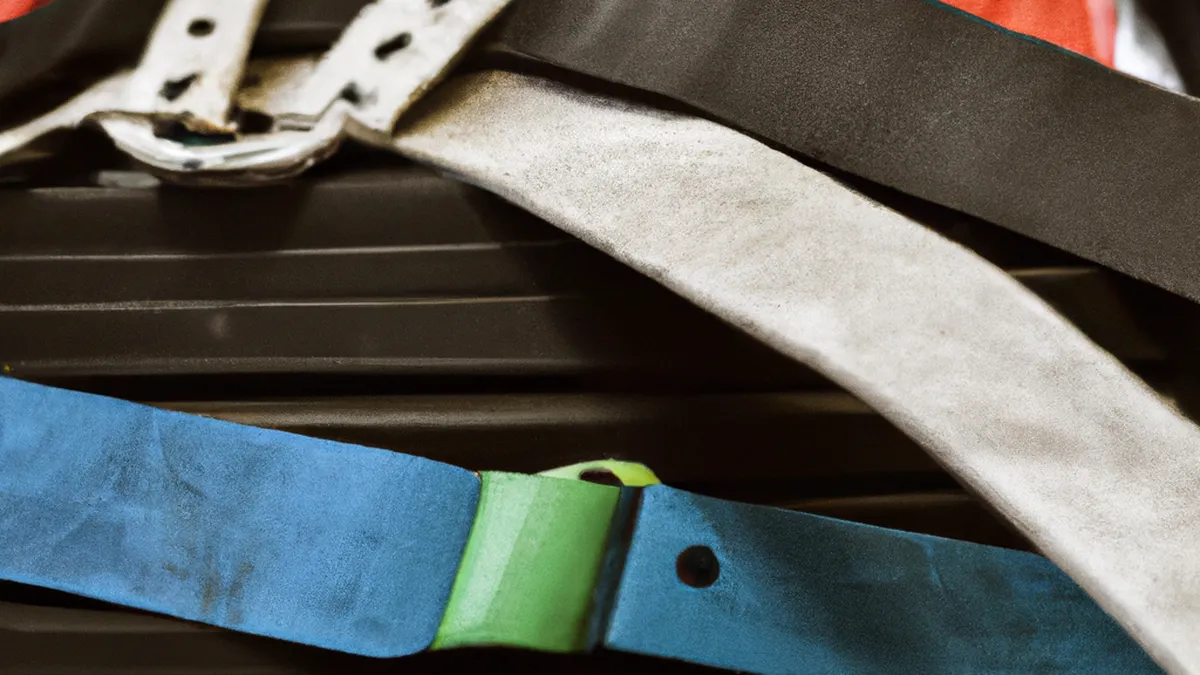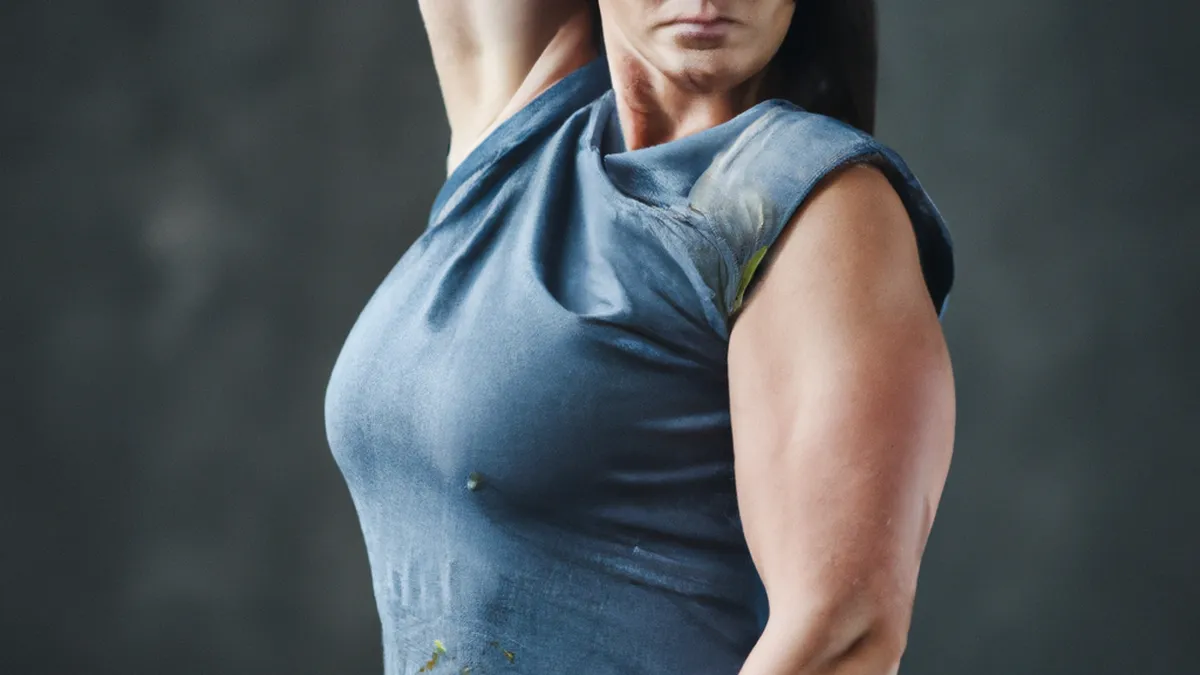Belts vs. No Belts: What’s Safer?
The Role of Belts in Olympic Weightlifting SafetyOlympic weightlifting requires precision, strength, and technique. Athletes often push their limits for personal bests. However, safety remains a priority. A weightlifting belt enhances safety during lifts. This post explains how belts contribute to Olympic weightlifting safety and offers effective usage tips.
Understanding Weightlifting Belts
Weightlifting belts serve a specific purpose. They support the lower back and core during heavy lifts. Proper form is crucial while lifting. Deviating from it can cause injury. A belt stabilizes your core and improves lifting mechanics.Belts also increase intra-abdominal pressure. This pressure creates a rigid torso. As a result, your spine gains better support. With this support, you can lift heavier weights confidently.
Tips for Using Weightlifting Belts
As an Amazon Associate I earn from qualifying purchases.
Gear tip: consider lifting belt, kettlebell, and adjustable dumbbells to support this topic.
Correctly using a weightlifting belt enhances safety. Here are some tips to consider:
1. Choose the Right Belt
Select a belt that fits snugly but not too tightly. A good belt allows movement while providing support. You can choose from leather or synthetic materials. Each material has unique benefits, so select one that meets your needs.
2. Wear the Belt at the Right Time
Avoid using a belt for every lift. Reserve it for your heaviest sets and maximal lifts. For lighter weights, focus on developing core strength without a belt. This method builds a strong foundation.
3. Properly Position the Belt
Position the belt around your waist, just above your hip bones. Ensure it covers your lower back for optimal support. Before lifting, take a deep breath and brace your core. Tighten the belt as you prepare for the lift. This technique maximizes the belt’s effectiveness.
Advice for Lifters
Incorporating a weightlifting belt into your training requires careful consideration. Here are some tips to enhance safety:
1. Focus on Technique First
Master proper lifting technique before relying on a belt. A belt cannot replace good form. Spend time refining skills with lighter weights. Once confident, integrate the belt into your routine.
2. Listen to Your Body
Pay attention to how your body feels during lifts. If you feel discomfort or pain, reassess your technique. Do not let the belt mask underlying issues. Always prioritize safety and well-being.
3. Consult with a Coach
Work with a qualified coach to optimize belt usage. A coach provides personalized feedback on form and technique. They offer guidance on when and how to use a belt effectively.
Benefits of Using Weightlifting Belts
The advantages of weightlifting belts extend beyond safety. Here are key benefits:
1. Enhanced Stability
A belt increases stability during heavy lifts. Improved core support helps maintain better posture. This stability reduces injury risk, allowing you to focus on performance.
2. Increased Confidence
Extra support boosts your confidence while lifting. This mental aspect positively influences your experience. You may feel more secure attempting heavier weights, leading to personal records.
3. Improved Performance
When used correctly, a weightlifting belt enhances performance. The added support allows for lifting more weight with proper form. Over time, this leads to increased strength gains and improved overall fitness.
Conclusion
Weightlifting belts play a crucial role in Olympic weightlifting safety. They support the lower back and core, helping maintain proper form during heavy lifts. By selecting the right belt, using it appropriately, and positioning it correctly, lifters can enhance safety and performance. Focus on technique, listen to your body, and consult a coach for optimal results. With the right approach, a weightlifting belt becomes a valuable training tool. Remember, safety is paramount, and using a belt wisely contributes to a successful, injury-free weightlifting journey.
Below are related products based on this post:
FAQ
What is the purpose of a weightlifting belt?
A weightlifting belt supports the lower back and core during heavy lifts, enhancing safety. It helps stabilize the core and improves lifting mechanics, which is crucial for preventing injuries while lifting heavy weights.
When should I use a weightlifting belt?
It is advisable to use a weightlifting belt primarily during your heaviest sets and maximal lifts. For lighter weights, it is important to focus on developing core strength without a belt to build a strong foundation.
How should I position my weightlifting belt?
The belt should be positioned around your waist, just above your hip bones, covering your lower back for optimal support. Before lifting, take a deep breath, brace your core, and tighten the belt to maximize its effectiveness.















Post Comment